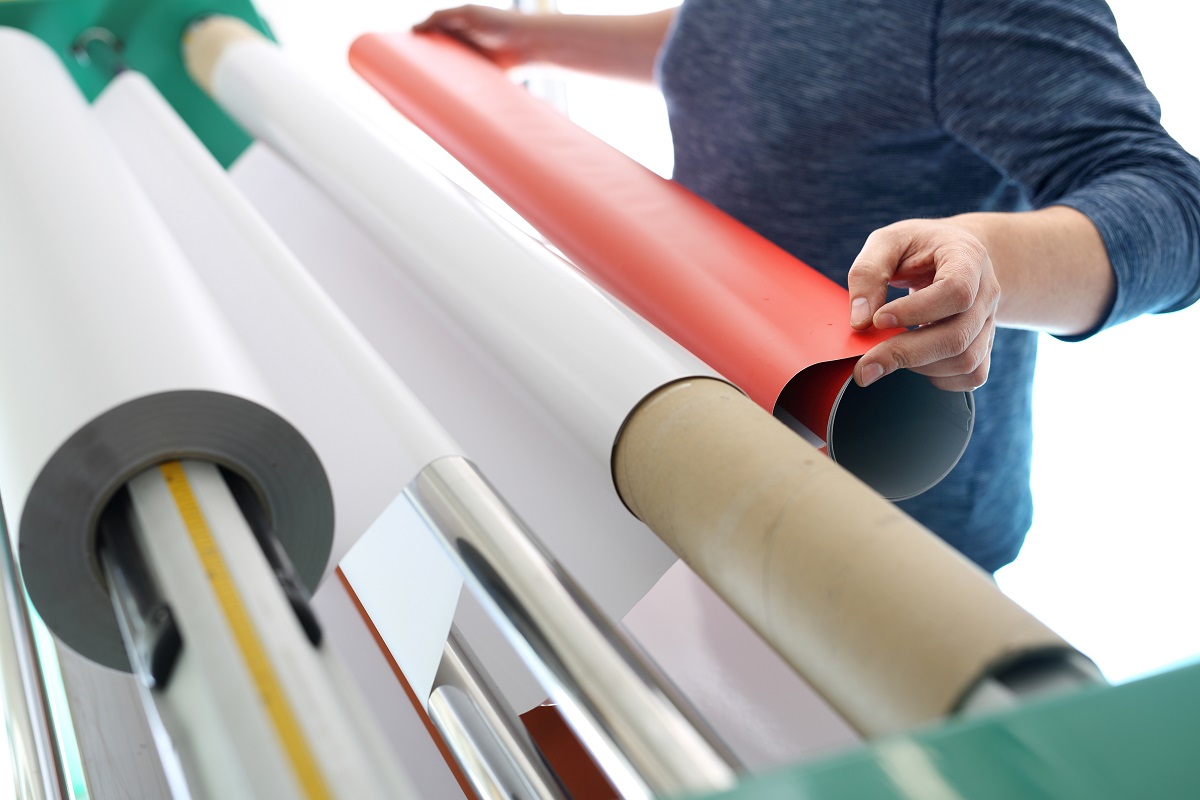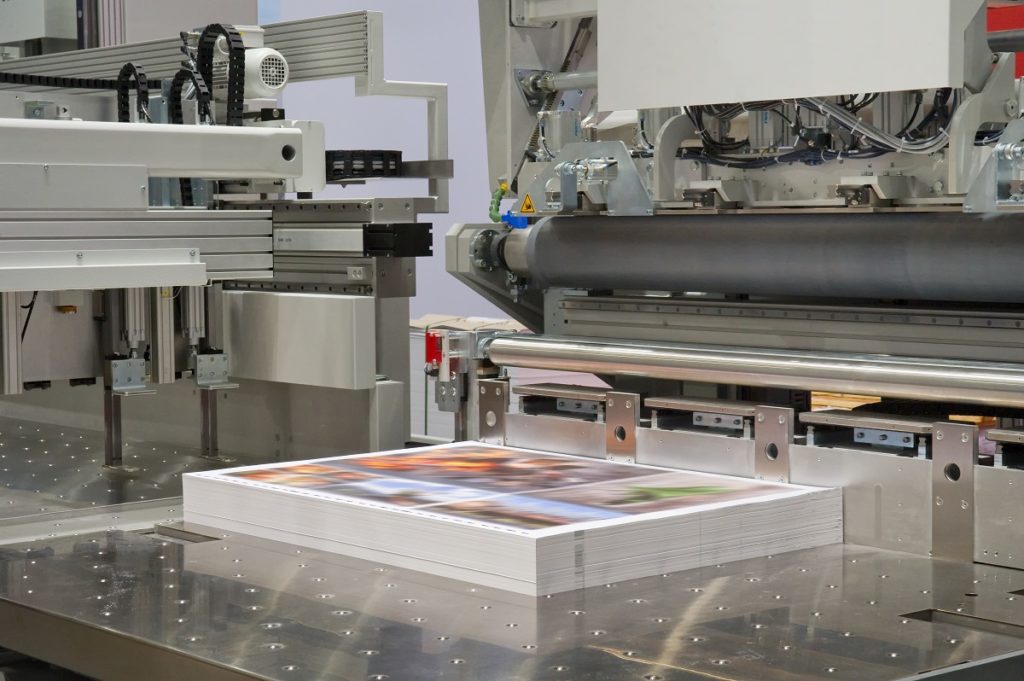If you’ve got an eye for design, a garment or textile printing shop may be the right business for you. It offers you a chance to be creative and share your designs with the world.
That said, the printing industry can be tough, and running your own business is not all fun and games. To help you get started, here are three essential steps every aspiring printing shop owner needs to know:
Step 1: Select a printing method
There are numerous printing technologies available these days, each one offering a different set of benefits.
Screen Printing
Silk screen printing is one of the most popular ways of decorating fabric. It involves pressing ink through a stenciled screen to produce a printed design.
Apart from custom clothing and fabric products, silk screen is also used to create bold posters and artwork. It’s known for its ability to produce intricate, multicolored designs even on darker fabrics. The technique is widely used because it allows easy design reproduction. A single stencil can be used to replicate a design multiple times which makes it easier and quicker to create large batches of custom clothing such as sports or work uniforms.
When it comes to bulk production, screen printing is the best option on the market. It’s cost-effective and provides you long lasting prints.
Direct to garment printing (DTG)
Unlike screen printing, embroidery, and other labor-intensive techniques, DTG enables quick production through inkjet printing technology. In this method, a computer transmits a full color, high-resolution design to a digital printer with a garment or textile loaded into it. This lets you print high-quality images directly onto the garment without additional setup costs.
There are four simple steps involved in creating a custom DTG print:
- Pre-treat and cure the garment
- Load the digital image to your graphics system and adjust your design’s layout to fit the garment
- Place the garment on the platen and proceed to print
- Using a heat press, cure the garment one last time
Heat press
Heat press or thermal-based printing involves pressing a pre-printed design into the material using a heat transfer machine.
When done correctly, thermal printing can produce high-quality, multi-colored results making it an effective option for digital photography prints. It makes it possible to add or customize prints on fabrics such as school logos or athletic numbers easily.
Thermal-transfer prints are durable, so you don’t have to worry about prints getting damaged when exposed to natural elements.
Dye sublimation
With dye sublimation, you can embed high-quality graphics in the fabric, rather than printed on the surface. This lets the design impregnate seamlessly into the fabric as if it were an actual part of the garment.
In this method, you will need a special type of liquid that dries up when it touches the polyester fabric. Once it has dried and hardened enough, you can then apply heat and pressure for the dye to turn into gas and set into the fabric smoothly.
Dye sublimation works well on sportswear, light shirts, and polyester garments. It creates significantly sleeker and more durable prints than those produced using conventional methods. Because the print is integrated directly into the fabric, the printing is resistant to flaking, cracking, or wear and tear.
These days, digital dye sublimation has been faster and easier than ever before. Printers like the HP Stitch S300 use advanced technology to keep colors precise amid various environmental conditions.
Step 2: Build a business plan

As with any kind of business, starting a textile printing shop requires proper planning and research otherwise you will face many difficulties. You need to examine several factors such as consumer behavior, pain points, and motivations. Market research enables you to offer better products to your target audience and attract more opportunities for revenue.
For your business to succeed, you also need to study its financial aspects including possible expenses, projected profits, and revenue sources. Efficiently handling your cash flow will prevent bankruptcy and ensure your company’s long-term growth.
Step 3: Connect with trusted suppliers
Textile production requires a continuous supply of quality raw materials. That said, begin to look for manufacturers and vendors who offer good rates without sacrificing quality. Remember, going for the cheapest option may not always be the best choice. The right distributor will not just sell you their products, but also help you navigate different textile options to find one that suits your needs and budget.
If you plan to make a fortune in the textile industry, you need to keep learning and adapting. Fashion trends and printing technologies come and go. Continuous research is essential to keep your business thriving for years to come.
